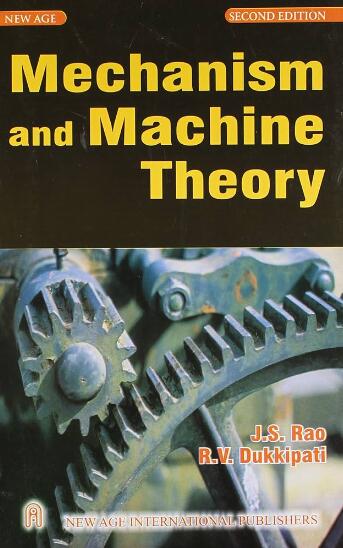Cable-driven deployment mechanism design and electromechanical coupling modeling for rigid-reflector deployable antenna
IF 4.5
1区 工程技术
Q1 ENGINEERING, MECHANICAL
引用次数: 0
Abstract
This study introduces a novel rigid-reflector deployable antenna (RRDA), featuring a Cable-Driven Synchronous Device (CDSD). It begins with the derivation of formulations for petal count and hub radius, followed by an oblique-axis deployment principle tailored to the petal. To avoid potential interference, a straightforward parameter-tuning strategy is formulated. Petal deployment is achieved simply using the universal joint coupling, which further facilitates the CDSD implementation in the outer–inner wrapping mode. Furthermore, a shaft-adjusting device is designed to ensure precise positioning of the rotational shaft. Prototype experiments validate the antenna’s smooth deployment with reasonable input torque, and reveal the CDSD’s self-compensation capability to eliminate backlash. Subsequently, various complex error sources are integrated into the Cone-Error Model (CEM) with solely two parameters, leading to the development of the Specific Electromechanical Coupling Model (SECM) to precisely characterize the relation between electromagnetic (EM) performance and joint tolerance. Under the guidance of SECM, the RRDA is allocated reasonable tolerance, according to EM indices. In conclusion, the proposed RRDA offers an effective and practical solution for high-frequency satellite antennas, with potential promising engineering applications.

刚性反射面展开天线缆索驱动展开机构设计及机电耦合建模
本研究介绍了一种新型的刚性反射面可展开天线(RRDA),其特点是电缆驱动同步装置(CDSD)。首先推导花瓣数和轮毂半径的公式,然后是针对花瓣量身定制的斜轴部署原则。为了避免潜在的干扰,制定了一种简单的参数调谐策略。只需使用万向节耦合即可实现花瓣部署,这进一步促进了以内外包装模式实现CDSD。设计了轴调整装置,保证了转轴的精确定位。样机实验验证了该天线在合理的输入转矩下的平稳部署,并揭示了CDSD消除间隙的自补偿能力。随后,将各种复杂误差源集成到仅含两个参数的锥误差模型(CEM)中,从而建立了特定机电耦合模型(SECM),以精确表征电磁性能与关节公差之间的关系。在SECM的指导下,根据新兴市场指数分配合理的RRDA容差。总之,所提出的RRDA为高频卫星天线提供了一种有效实用的解决方案,具有潜在的工程应用前景。
本文章由计算机程序翻译,如有差异,请以英文原文为准。
求助全文
约1分钟内获得全文
求助全文
来源期刊

Mechanism and Machine Theory
工程技术-工程:机械
CiteScore
9.90
自引率
23.10%
发文量
450
审稿时长
20 days
期刊介绍:
Mechanism and Machine Theory provides a medium of communication between engineers and scientists engaged in research and development within the fields of knowledge embraced by IFToMM, the International Federation for the Promotion of Mechanism and Machine Science, therefore affiliated with IFToMM as its official research journal.
The main topics are:
Design Theory and Methodology;
Haptics and Human-Machine-Interfaces;
Robotics, Mechatronics and Micro-Machines;
Mechanisms, Mechanical Transmissions and Machines;
Kinematics, Dynamics, and Control of Mechanical Systems;
Applications to Bioengineering and Molecular Chemistry
 求助内容:
求助内容: 应助结果提醒方式:
应助结果提醒方式:


